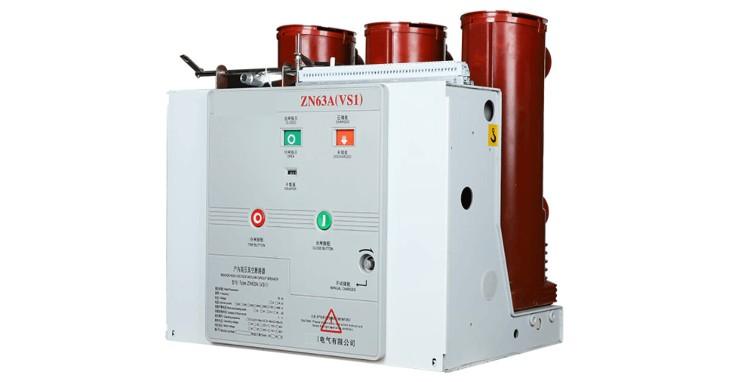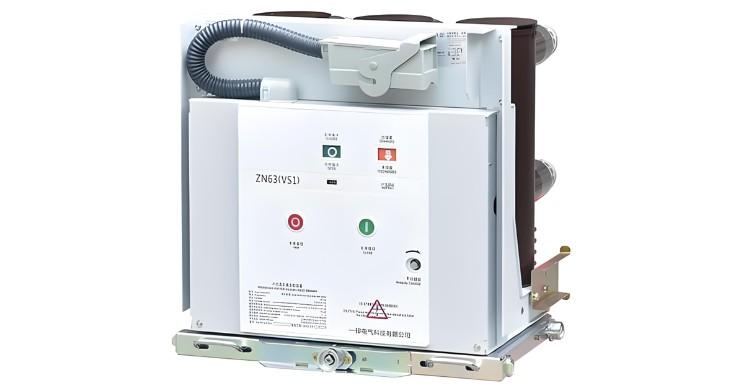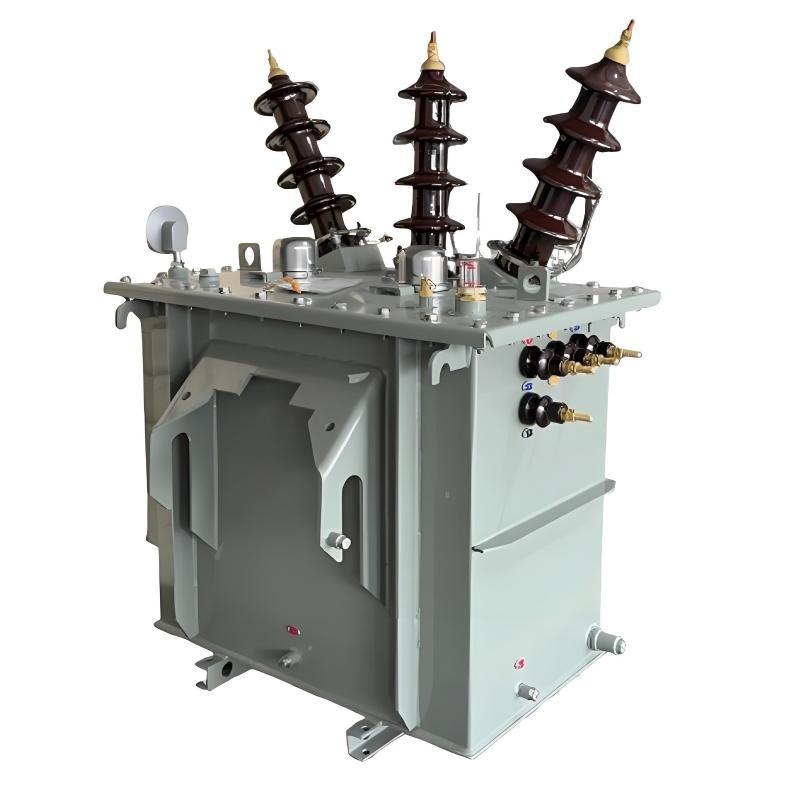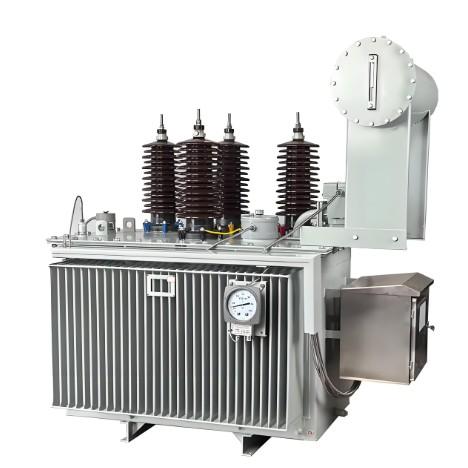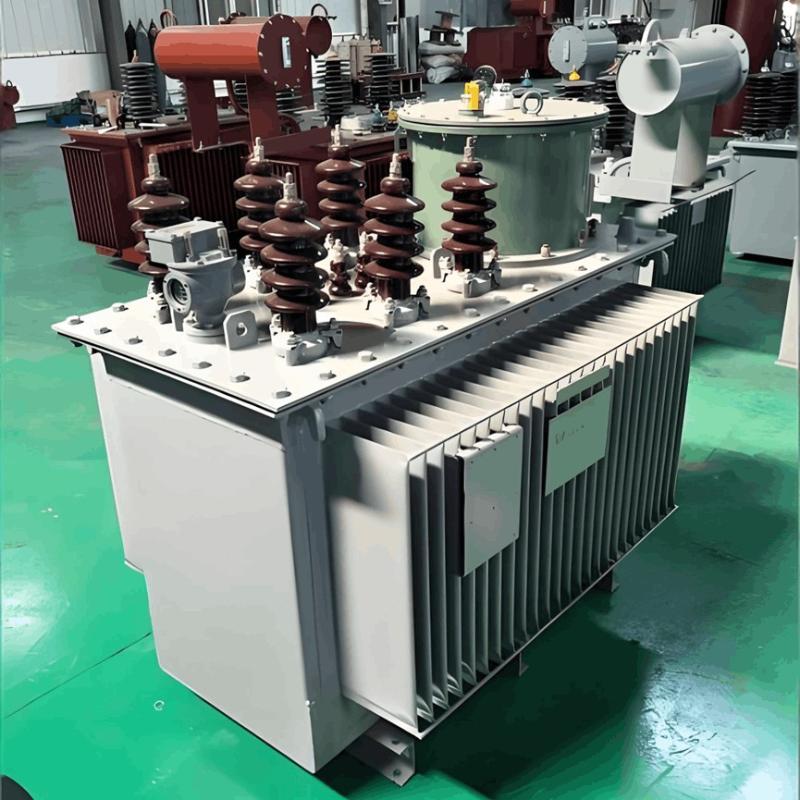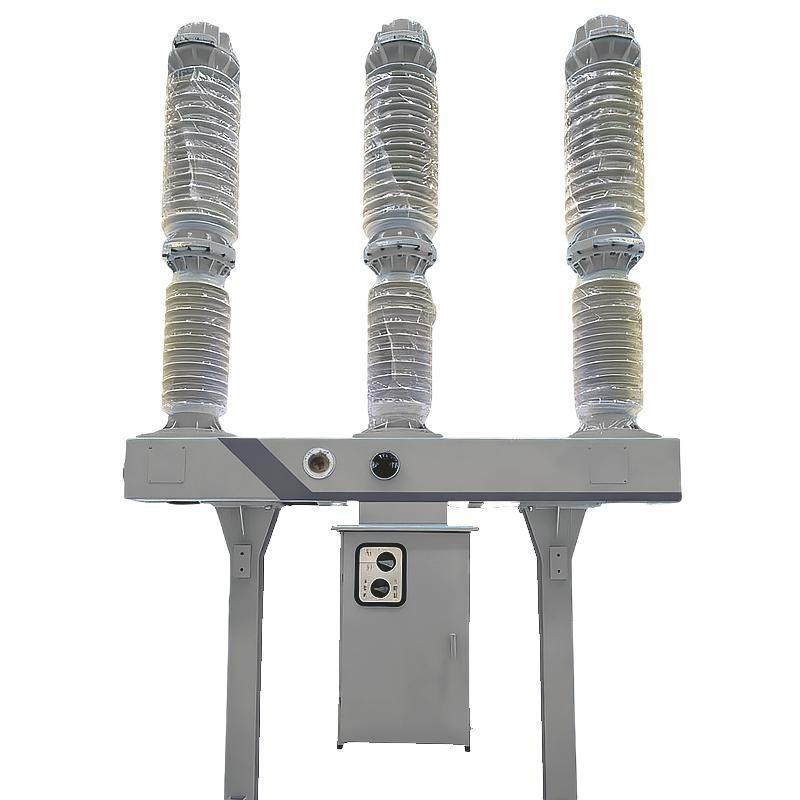- Product
- Suppliers
- Manufacturers
- Solutions
- Free tools
- Knowledges
- Experts
- Communities
Search
-
Gratis instrumente
-
IEE Business bied gratis, AI-aangedrewe hulpmiddels vir elektriese ingenieursontwerp en kragaankoopbegroting: voer jou parameters in, klik bereken, en kry onmiddellike resultate vir transformators, bedrading, motore, kragtoerustingkoste en meer — betrou deur ingenieurs wêreldwyd.
-
-
Ondersteuning&Sponsoring
-
IEE-Business ondersteun toonaangevende oplossings besigheid en spesialiste skep 'n platform waar innovering ontmoet waardeUitstekende tegniese kennisDeel tegniese kennis en verdien geld van sponsoorsUitstekende BesigheidsoplossingsSluit aan en skep besigheidsoplossings om inkomste van sponsore te verdienUitnemende Individuele KennersToon jou talent aan sponsoors wen jou toekoms
-
-
Gemeenskap
-
Bou jou professionele gemeenskapVind en koppel met nyferse vennote, potensiële vennootskappe en besluitnemers om u besigheid te laat groeiBrei u persoonlike netwerk uitMaak verbinding met medewerkers in die bedryf, potensiële vennote en besluitnemers om u groei te versnelOntdek meer organisasiesVerken teikenondernemings, medewerkers en bedryfleiers om nuwe besigheidsgeleenthede te ontgrendelJoin Diverse CommunitiesNeem deel aan onderwerpgerigte besprekings, bedryfsuitruil en hulpbronnedeling om u impak te versterk
-
-
Saam met ons werk
Vennoot
-
-
Sluit by die IEE-Business Maatskappyprogram aanBesigheidsgroei Bemagtiging -- Van Tegniese Hulpmiddels tot Wêreldwye Besigheidsuitbreiding
-
-
-
Afrikaans
-
- English
- Afrikaans
- العربية
- Azərbaycan dili
- български
- বাংলা
- Català
- Cebuano
- čeština
- Dansk
- Deutsch
- Ελληνικά
- Esperanto
- Español
- Eesti keel
- Euskara
- دری
- فارسی
- suomi
- Filipino
- français
- Gaeilge
- Galego
- Hausa
- עברית
- हिन्दी
- Hrvatski
- magyar nyelv
- հայերեն
- Bahasa Indonesia
- Íslenska
- Italiano
- 日本語
- ქართული
- Қазақ тілі
- ಕನ್ನಡ
- 한국어
- Kurdî
- Latina
- Latviešu valoda
- македонски јазик
- Bahasa Melayu
- Malti
- नेपाली
- Nederlands
- Norsk
- ਪੰਜਾਬੀ
- polski
- پښتو
- Português
- Русский язык
- සිංහල
- Slovenščina
- српски језик
- Svenska
- Kiswahili
- தமிழ்
- తెలుగు
- ไทย
- Tagalog
- Türkçe
- українська мова
- اردو
- Oʻzbek tili
- Tiếng Việt
-
Uitstekende Besigheidsoplossings
-
Afrikaans
-
- English
- Afrikaans
- العربية
- Azərbaycan dili
- български
- বাংলা
- Català
- Cebuano
- čeština
- Dansk
- Deutsch
- Ελληνικά
- Esperanto
- Español
- Eesti keel
- Euskara
- دری
- فارسی
- suomi
- Filipino
- français
- Gaeilge
- Galego
- Hausa
- עברית
- हिन्दी
- Hrvatski
- magyar nyelv
- հայերեն
- Bahasa Indonesia
- Íslenska
- Italiano
- 日本語
- ქართული
- Қазақ тілі
- ಕನ್ನಡ
- 한국어
- Kurdî
- Latina
- Latviešu valoda
- македонски јазик
- Bahasa Melayu
- Malti
- नेपाली
- Nederlands
- Norsk
- ਪੰਜਾਬੀ
- polski
- پښتو
- Português
- Русский язык
- සිංහල
- Slovenščina
- српски језик
- Svenska
- Kiswahili
- தமிழ்
- తెలుగు
- ไทย
- Tagalog
- Türkçe
- українська мова
- اردو
- Oʻzbek tili
- Tiếng Việt
-
Uitstekende Besigheidsoplossings










